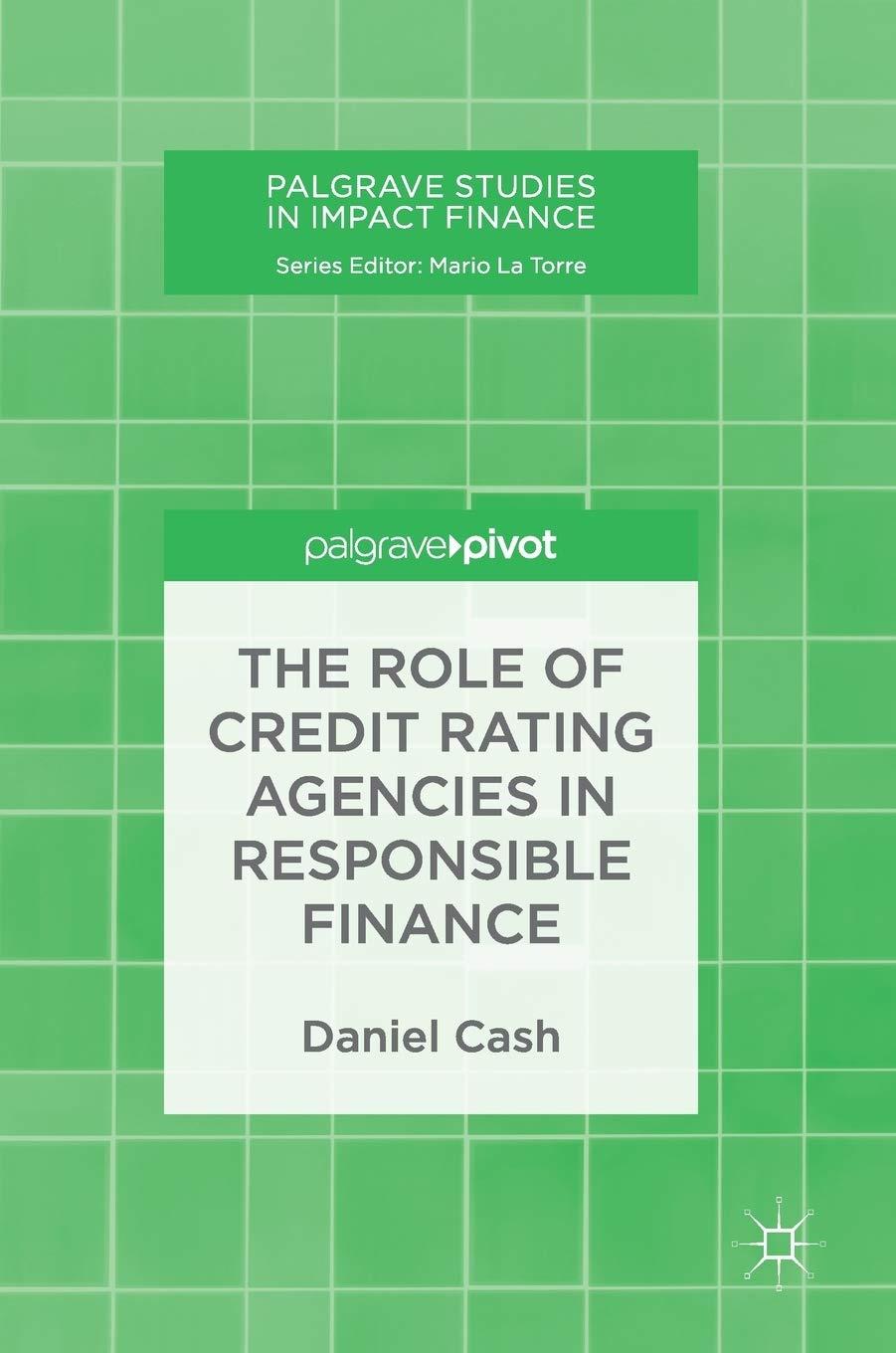Question
The following table contains the historic returns from large stocks and long-term Treasury bonds over the last 20 years. Analyze the risk-return trade-off that would
The following table contains the historic returns from large stocks and long-term Treasury bonds over the last 20 years. Analyze the risk-return trade-off that would have characterized these portfolios.
| Year | Large Stock | Long-Term T-Bonds | T-Bills |
|---|---|---|---|
| 2000 | 11.71 | 14.49 | 5.89 |
| 2001 | 11.42 | 4.03 | 3.78 |
| 2002 | 21.13 | 14.66 | 1.63 |
| 2003 | 31.77 | 1.28 | 1.02 |
| 2004 | 11.92 | 5.19 | 1.20 |
| 2005 | 6.05 | 3.10 | 2.96 |
| 2006 | 15.39 | 2.27 | 4.79 |
| 2007 | 5.71 | 9.64 | 4.67 |
| 2008 | 36.87 | 17.67 | 1.47 |
| 2009 | 28.36 | 5.83 | 0.10 |
| 2010 | 17.49 | 7.45 | 0.12 |
| 2011 | 0.48 | 16.60 | 0.04 |
| 2012 | 16.34 | 3.59 | 0.06 |
| 2013 | 35.23 | 6.90 | 0.03 |
| 2014 | 11.72 | 10.15 | 0.02 |
| 2015 | 0.08 | 1.07 | 0.01 |
| 2016 | 13.49 | 0.70 | 0.1886 |
| 2017 | 22.29 | 2.80 | 0.7914 |
| 2018 | 5.22 | 0.04 | 1.7066 |
| 2019 | 30.43 | 8.2622 | 2.15 |
Required:
a. Calculate the average rate of return and standard deviation of the "Excess returns" after a continuous compounding transformation was performed. (Do not round intermediate calculations. Round your answers to 2 decimal places.)
| |||||||||||||||||||||||||||||||||||||||||||||||||||||||||||||||||||||||||
d. What were the average return and standard deviation of the minimum-variance combination of stocks and bonds? (Do not round intermediate calculations. Round your answers to 2 decimal places.)
|
| |||||||||||
|
Step by Step Solution
There are 3 Steps involved in it
Step: 1

Get Instant Access to Expert-Tailored Solutions
See step-by-step solutions with expert insights and AI powered tools for academic success
Step: 2

Step: 3

Ace Your Homework with AI
Get the answers you need in no time with our AI-driven, step-by-step assistance
Get Started


